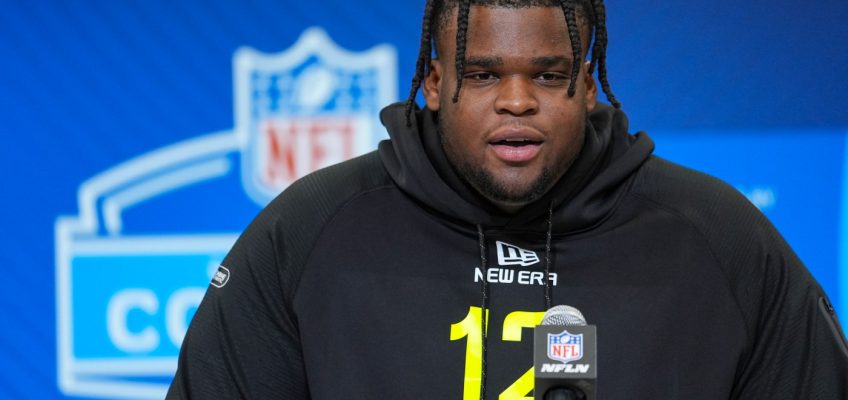Eagan native Eva Erickson got off to a promising start as one of 18 castaways vying for $1 million on “Survivor 48,” which debuted Wednesday night on CBS and is now streaming on Paramount+. Not only did the show’s first ever openly Autistic player score ample airtime, her tribe won both challenges and she made an alliance that could prove crucial to her game.
With so many characters with stories to tell and a limited run time, sometimes contestants aren’t shown much in the first episode or two. But through conversations with her teammates and on-screen interviews, the 24-year-old managed to give viewers a good idea of what to expect from her personality and gameplay.
The episode opened with a montage of shots of the castaways hearing the news, via a Zoom call, that they made it onto the show. Then just six contestants were shown introducing themselves to viewers and Erickson was one of them.
“I’m used to being in a big, male-dominated area,” she said. “I’m a physicist and an engineer and at Georgia Tech, I was the first and only girl to play on the men’s club hockey team. So this does not scare me at all. I’m gonna battle my ass off and I’m gonna beat them.”
Later, when her six-member tribe was building a shelter, Erickson devoted herself to collecting bamboo. “I am the youngest player on this tribe and I had to demonstrate my worth right away,” she said in an on-screen interview. “And so I was like, what can I do to contribute to the tribe? And so I was like, bamboo it is!”
Erickson went on to explain how her Autism plays into the game, saying she has trouble with social cues and that she doesn’t know when someone is lying to her: “I am a very direct person and I expect others to be direct with me and they’re not going to be in this game.
Eagan native Eva Erickson works on building a shelter with Thomas Krottinger during the season premiere of “Survivor 48” on Feb. 26, 2025. (Robert Voets / CBS)
“My Autism makes me so driven, so I definitely fixated on the bamboo and I was like this is what I’m gonna work on so that I have structure here. And so I was a bamboo pickup machine.”
While she openly talked about her Autism to the camera, she said her plan, at least initially, was to confide in a sole teammate with the hopes that person could keep an eye on her and help her when she gets overwhelmed. She was diagnosed at very young age, with doctors telling her parents she would face numerous issues in life and wouldn’t be able to live independently as an adult.
Erickson, who grew up loving hockey, proved the doctors wrong. She graduated from Georgia Institute of Technology in 2022. She’s currently pursuing a PhD at Brown University School of Engineering, where she’s captain of the men’s club hockey team. All the while, she said, her parents told her Autism was “not a problem, not something bad or wrong with you. You just have this thing and it makes you unique.”
While Erickson appeared to hit off with all five of her fellow tribemates, she chose to confide in Joe Hunter, a 45-year-old fire captain from California.
She explained her diagnosis to Hunter and told him she can get overstimulated and that if he squeezes her hands, it helps get her grounded.
Hunter immediately told her he had her back. In an interview, he teared up as he said: “This is bigger than the game now and transcended it in a way that changed everything … I’m not gonna let her down. So even if that hurts my game or whatever, if I got to go home early, I’m not gonna let her down.”
Related Articles
‘The White Lotus’ review: Three seasons in, there’s little beneath the gleaming surface
‘Running Point’ review: A lot like ‘Entourage,’ minus the bro-y energy
At 62, Alton Brown seeks fresh, creative recipes in life
Want to be prescribed a new hospital drama? These TV doctors are ready to treat you
Michelle Trachtenberg found dead in NYC apartment, starred in ‘Gossip Girl,’ ‘Harriet the Spy’




